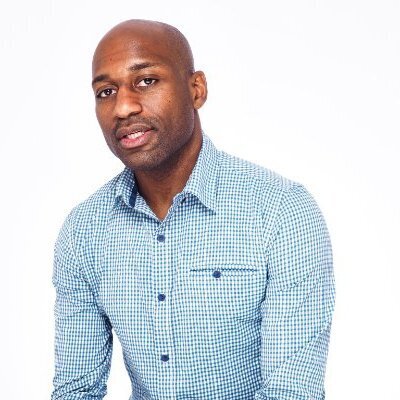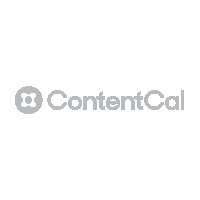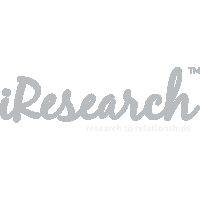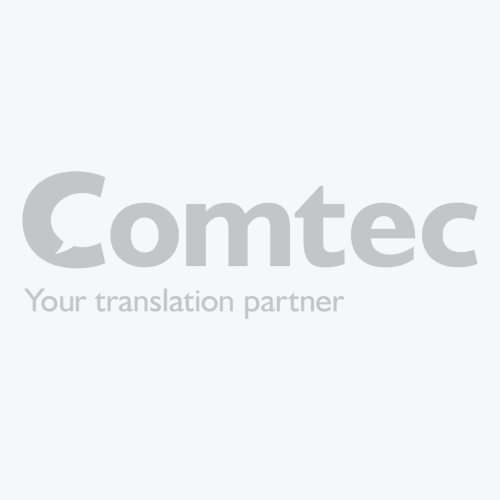I wrote in a previous article for The CMA about the benefits of podcasting either for you or your clients, but I didn’t include a list of tools that you might need to consider before you start. This write up addresses that and is a list of the kit you should consider when creating your podcast. The guide should be easy to follow, and jargon is kept to a minimum to make it as accessible as possible – I want more people to podcast!
I’m also aware that it’s effortless to spend a lot of money podcasting, and the thought of the expense can also put people off. It shouldn’t! Having excellent sound quality is crucial as it helps to engage your audience, but it’s undoubtedly achievable on a small budget. None of the options I recommend below is at the top – top end, but all of them will allow you to produce a professional-sounding podcast. I have arranged the possibilities into three tiers:
- Free – speaks for itself! You can get started without having to spend a penny.
- 80/20 – these options have the most significant “bang for buck”.
- Next Level – have a bit more money to spend? Well, these options are for you!
The most important part of podcasting tools and equipment is learning and knowing how to use them. An excellent podcaster can make the best of the cheaper kit, while an inexperienced podcaster can quickly make expensive equipment sound poor quality. I always recommend starting at the cheaper end of the scale and learning how to use them well before you go out to spend more, so if you are a novice, your outlay shouldn’t be that high.
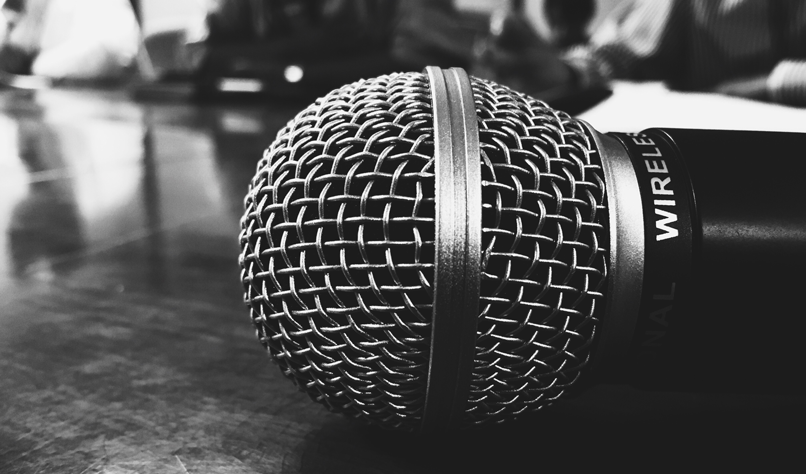
Microphone
The most obvious thing in your podcast arsenal is a microphone!
Firstly, let’s decode some jargon:
XLR vs USB
There are two main ways that you can connect your microphone to your recording device, via XLR cable or via USB cable. We know all about USB Cables by now! And the same cable that you can use to connect your car to your iPhone can also connect your microphone to your recording device. As many people have an abundance of these cables, then you may not need to buy new ones just for this purpose! XLR cables are the sound industry standard used in all recording studios to rock concerts. If you go for XLR microphones, you will likely have to buy additional cables.
Condenser vs Dynamic
These are essentially two different ways that the microphone can capture sound. I won’t go into the technicalities, but they can record phenomenal sound, but the dynamic microphone is far more forgiving. You don’t need to be in a specially treated studio to get the most out of them, so for that reason, I will only be suggesting dynamic microphones.
My recommendations
- Free – your mobile phone. Seriously. The microphone in your phone tends to be of an excellent standard. Usable in a pinch, but if you are a solo podcaster and you record in a quiet room with plenty of soft furnishing to minimise echo, this will be a great start.
- 80/20 – Samson Q2U (Currently £70 on Amazon). This mic is excellent and super cost-effective. It comes as a kit, so you get a stand, cables and foam thingy (technical term) to cover the end. As a bonus, this is both a USB AND an XLR mic, so you have two styles in one!
- Next Level – Rode Podcaster (Currently £180 on Amazon). This is my trusted mic, but it is expensive! You’ll also have to budget for a stand and foam thingy too.
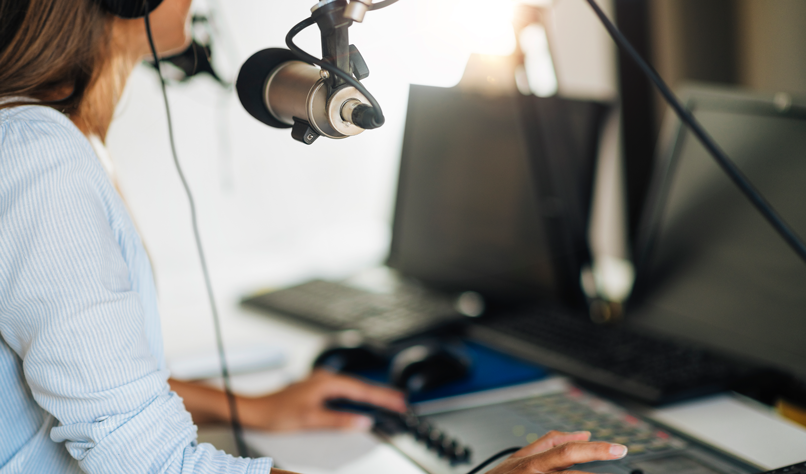
Recording Device
So what do you connect the microphone to, and where does this sound get recorded? The answer to these questions is the recording device. You can either have a stand-alone unit specifically designed to capture and record sound or make use of other devices. When considering these options, you should also consider that you may need additional storage, such as an SD card, where your sound files will be stored. When it comes to evaluating a recording device, you should also think about how you transfer the sound files to wherever or whoever will be doing your editing.
My recommendations
- Free – your mobile phone – the mobile is both the microphone and the recording device. Simple
- Also Free – your computer – If you have a USB microphone, you can plug it straight into the computer. This only really works if you’re recording just one audio track, unless you are all recording remotely using something like Squadcast…
- 80/20 – Squadcast (from $20pcm)- Squadcast is a remote podcasting service that allows you to record four separate tracks and audio from people anywhere in the world simultaneously. This has been a game-changer as it makes it easy to record multiple people as long as they have a decent Internet connexion. It works similarly to the video conferencing software that we all have become used to in the past year, such as Zoom or Google Hangouts. Still, it has the massive added benefit of recording high-quality audio.
- Next Level – Zoom H6 Portable studio (Currently £290 on Amazon) – If you do buy XLR microphones, you need something like this Zoom portable studio to connect and record on. The beauty of this handheld unit is that you can connect up to four microphones in the highest quality sound. You will also need an SD card to capture the audio and transfer the files to a computer.

Editing
Once you recorded and captured the sound for your podcast, you should edit it; there are a few ways to do this, as listed below.
- Free – audacity (all platforms)/ GarageBand (Mac Only) – you can go a long way with free software for editing, and then plenty of well-known podcasts use the above tools. So I would generally suggest cutting your teeth on one of the free platforms before going for something more “advanced”.
- 80/20 – Reaper (All platforms Free/ $60) – This is the editing software we teach and use in our podcasting workshops with the CMA. It’s free to download, and it’s actually free to use in perpetuity; however, if you are starting to use it, it’s only $60 for a licence.
- Next Level – Hiring an editor/Producer – The editing software above may be free to use; however, this doesn’t include your time to edit the podcast. If you do include your time, that should be factored into the cost of the editing as a whole. You may well find that hiring an editor may be the most cost-effective way to get the best results that you want your podcast, plus they will come with their own editing software.
Hosting
Once you’ve recorded and edited your podcast, you need to post it somewhere on the Internet to be distributed to the podcast apps such as Apple. This is called hosting. The hosting company you use is vital as the better hosts will more likely have access to better and more accurate statistics, demographics and things like having access to newer platforms ahead of the other ones. For example, Libsyn my favourite platform, was one of the first hosting platforms with access to Spotify.
- Free – Anchor – Anchor is a free podcast hosting platform, and there is much debate about whether that’s a good thing. Of course, it’s great that you don’t have to pay for hosting, but some people feel it becomes “murky” about who actually owns the content.
- 80/20 – Libsyn ($5-15) – Libsyn Is the industry standard and pioneered modern podcasting through their hosting. They always consider themselves to be at the forefront of podcasting, and you can’t go too far wrong. The monthly fee depends on how much you upload, so if you have a weekly podcast, you’re likely to be just fine with a $15 per month subscription.
- Next Level – aCast – (invite only) – aCasts business model is built upon high-quality podcasts getting lots of downloads. They are one of the platforms that insert adverts into podcasts dynamically. If your podcast is getting over 10,000 downloads per week and you’re looking to monetise your show using advertising and sponsorship, then you should undoubtedly give aCast a call.
Kobi Omenaka
Kobi is a passionate podcaster and has been teaching the podcasting masterclasses with The CMA for several years. Kobi founded the podcast network Stripped Media, which produces content for companies ranging from the BBC to Spotify and for brands as diverse as the British Standards Institution (BSI), Picturehouse Cinemas and startups such as Zwift. If you want help starting your podcast, please email Kobi on [email protected] and quote “CMA Podcast enquiry” in the subject heading for a free, no strings attached consultation. White-label options are available for agencies that wish to produce podcasts for their clients
